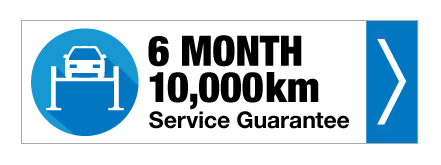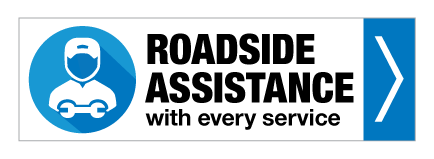Car modifications are a popular way for enthusiasts to personalise their vehicles and improve performance. However, in Australia, modifying your car isn’t as simple as adding a new exhaust system or upgrading your suspension. Strict laws govern what modifications are legal to ensure safety and compliance with vehicle standards. Here’s a comprehensive guide to help you understand car modification laws in Australia.
Understanding the Basics
Car modification laws in Australia are primarily regulated by the Australian Design Rules (ADRs), which set the national standards for vehicle safety, anti-theft, and emissions. Additionally, each state and territory has its own specific regulations and guidelines that must be followed.
Common Modifications and Their Legalities
Suspension and Lift Kits:
Modifying your vehicle’s suspension can enhance off-road capabilities and handling. However, there are strict limits on how much you can raise or lower your vehicle. Generally, a lift of up to 50mm is permissible without additional certification. Anything beyond this often requires an engineering certificate to ensure the modification is safe.
Exhaust Systems:
Upgrading the exhaust system can improve performance and sound. However, the modified exhaust must comply with noise and emissions regulations. Noise levels are typically restricted to a maximum of 90–95 decibels, depending on the state.
Wheels and Tyres:
Changing your wheels and tyres is a common modification. The new wheels must be within the allowable size range for your vehicle. Exceeding this can affect handling and safety, and may require certification. Additionally, tyres must meet load and speed ratings appropriate for the vehicle.
Engine Modifications:
Engine swaps and modifications can significantly enhance performance but come with stringent regulations. Any substantial modification often requires an engineering certificate to ensure the new engine complies with emissions and safety standards.
Body Modifications:
Altering the body of your vehicle, such as adding spoilers, body kits, or changing the vehicle’s silhouette, must not compromise pedestrian safety or obstruct lights and signals. Sharp edges and protruding parts are typically prohibited.
Brakes:
Upgrading your brakes can improve performance, but any changes must meet the ADR requirements. This includes ensuring the new system can safely handle the increased performance and weight of the vehicle.
Certification and Engineering Approval
For significant modifications, obtaining an engineering certificate is often necessary. This process involves having a certified engineer inspect the vehicle to ensure the modifications comply with safety standards. Once approved, the vehicle is given a compliance plate or certificate that must be presented during vehicle inspections or if requested by authorities.
State-Specific Regulations
While the ADRs provide a national framework, each state and territory has its own additional requirements. Here are some examples:
New South Wales (NSW):
NSW has stringent regulations, particularly regarding suspension modifications and engine swaps. The Roads and Maritime Services (RMS) oversees these modifications.
Victoria:
The Victoria Roads authority requires many modifications to be inspected and approved by a licensed Vehicle Assessment Signatory Scheme (VASS) engineer.
Queensland:
The Department of Transport and Main Roads (TMR) in Queensland has clear guidelines and requires modifications to be inspected by approved inspection stations.
Penalties for Non-Compliance
Non-compliance with car modification laws can result in significant penalties, including fines, defect notices, and even having your vehicle registration cancelled. It’s crucial to ensure all modifications are legal and properly certified.
Final Thoughts
Modifying your car can be a rewarding experience, but it’s essential to stay informed about the legal requirements in Australia. Always check the ADRs and your local state regulations before making any modifications. Consulting with a professional engineer or mechanic can also help ensure your modifications are safe and compliant. By following these guidelines, you can enjoy your modified vehicle without the risk of legal issues.



